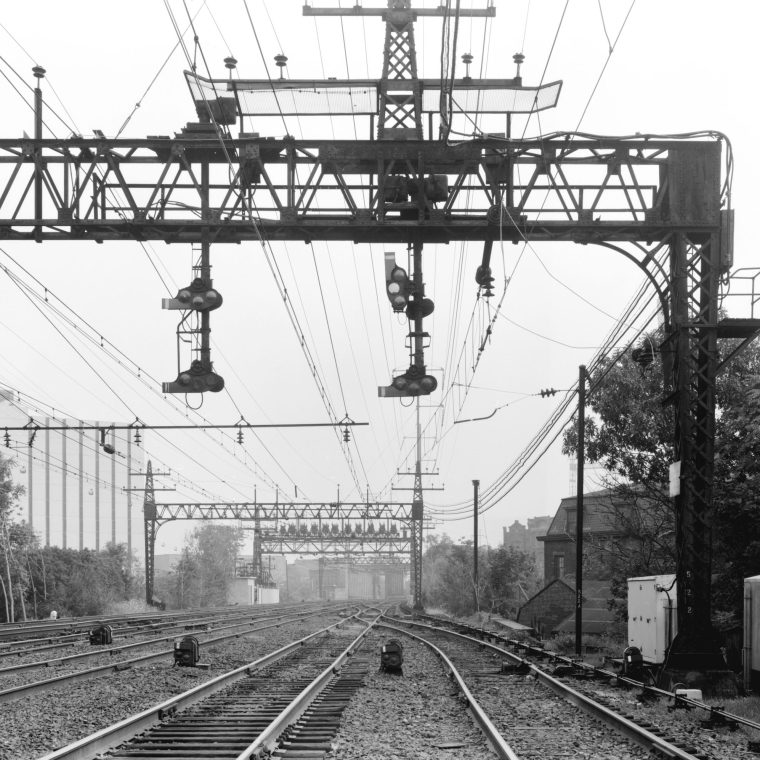Monday’s discussion of the role of engineering got me wondering how the topic was defined at one of my main sources of photos, the HABS/HAER/HALS collection at the Library of Congress. (That is: Historic American Buildings Survey/Historic American Engineering Record/Historic American Landscapes Survey.) The index helpfully tells us that the online collection (still only a subset of the total) has 52,955 names in the database, 8245 locations, and 3634 subjects. One of those topics is engineering, with sixty surveys tagged. In theory every single HAER survey could be tagged “engineering” but the would make the tag useless. The sixty surveys are an odd collection, but it seems worth it to look at a few of them and how “engineering” as a whole is represented and how structural engineering relates to its flashier and younger counterparts.
Let’s start with survey HAER CONN,1-STAMF,2-, also known as “New York, New Haven & Hartford Railroad, Automatic Signalization System, Long Island Sound shoreline between Stamford & New Haven, Stamford, Fairfield County, CT.” That may seem like a prosaic topic for a HAER survey, but it represents a real achievement: the electrification and installation of a (partially) automatic signal system on the most-heavily travelled portion of the New Haven between 1912 and 1915. I’ll let the HAER report speak for itself, as I am no expert on railroad signaling, but the pictures are amazing. Above, we have a catenary bridge (the structure that carries the overhead electric power lines as well as the semaphores signals) above an interlocking (group of switches). The little mailbox-shaped objects between the tracks are “dwarf signals” for areas where having separate semaphores for each track was not possible. As of the survey in 1980, the original equipment was all still in use, which partially reflects the country’s general disinvestment from railroads in the twentieth century but also shows the quality of the original construction.
In any case, the catenary bridges are the only structural component in this system of electric and mechanical engineering, and they’re well-done but nothing very special.

The interlocking control tower, on the other hand, was state of the art for its era.

The system was heavily rebuilt when electrification was extended from New Haven to Boston, as part of the improvements for Amtrak’s Acela, which is a high-speed train for the US and ho hum elsewhere. But this survey is a nice reminder of the era when US was at the cutting edge of electric rail technology.




You must be logged in to post a comment.